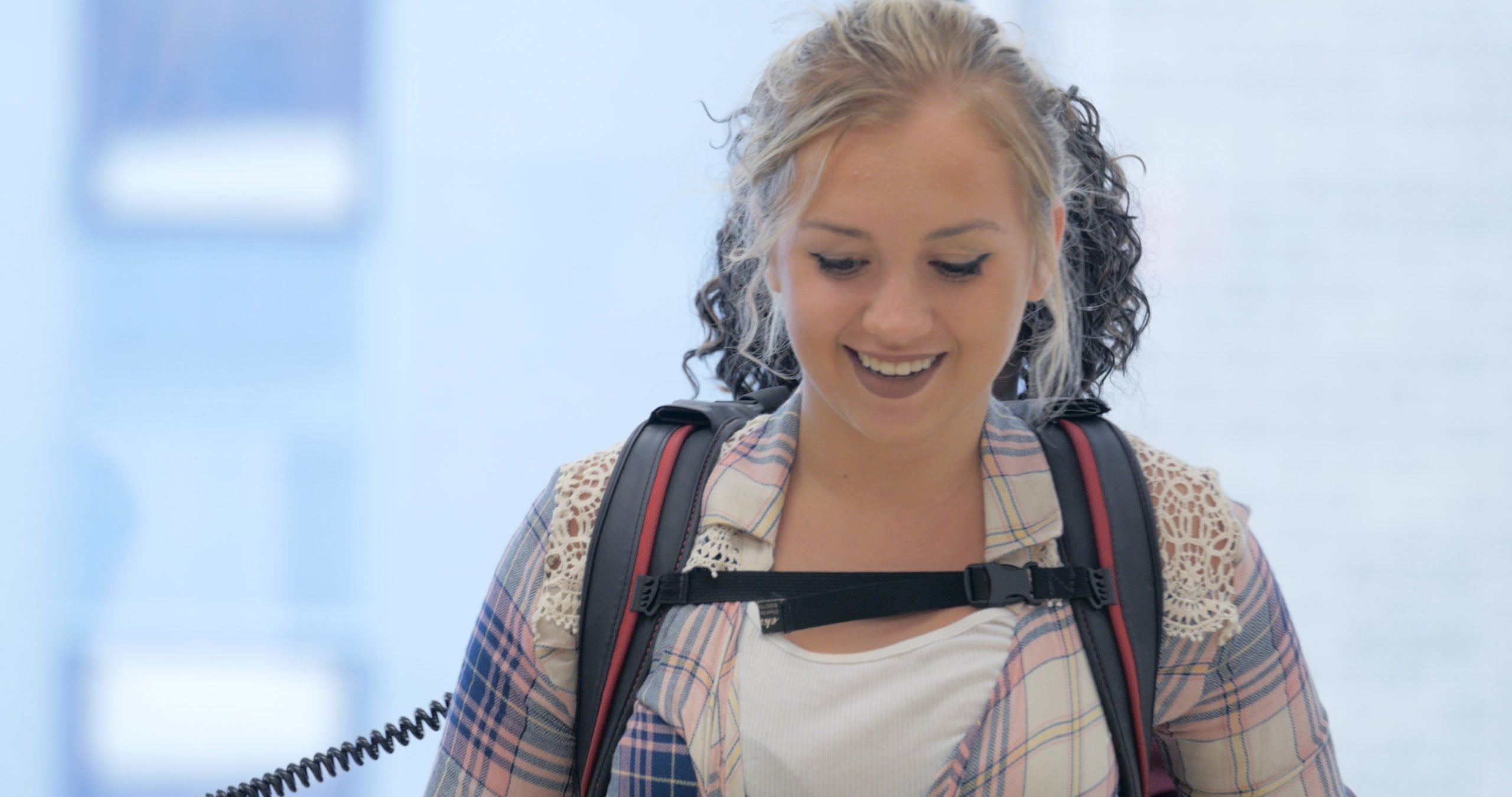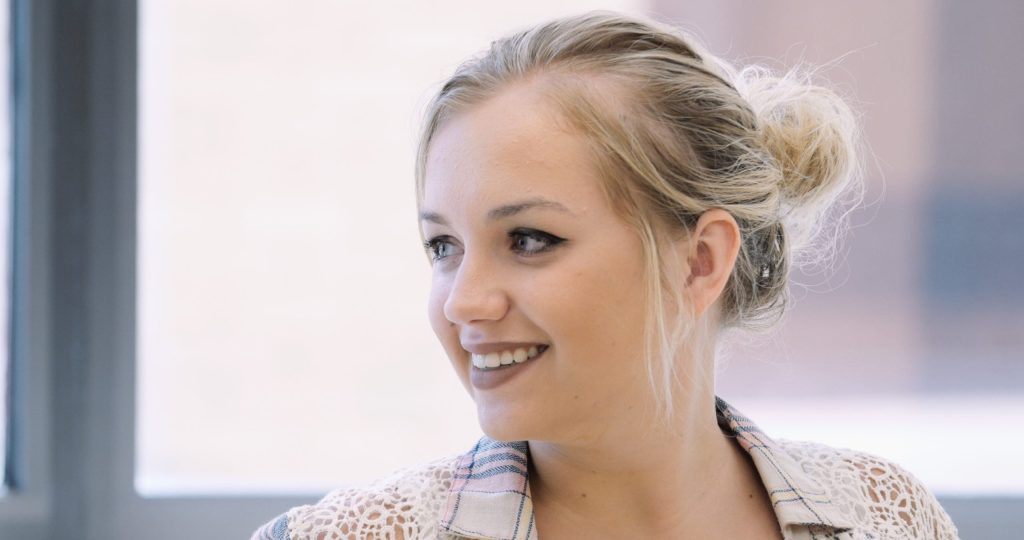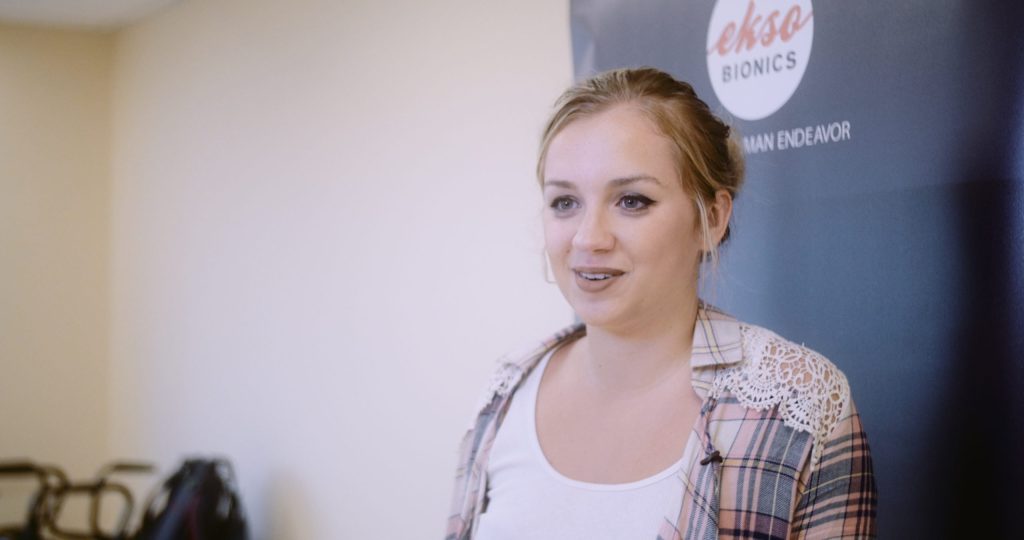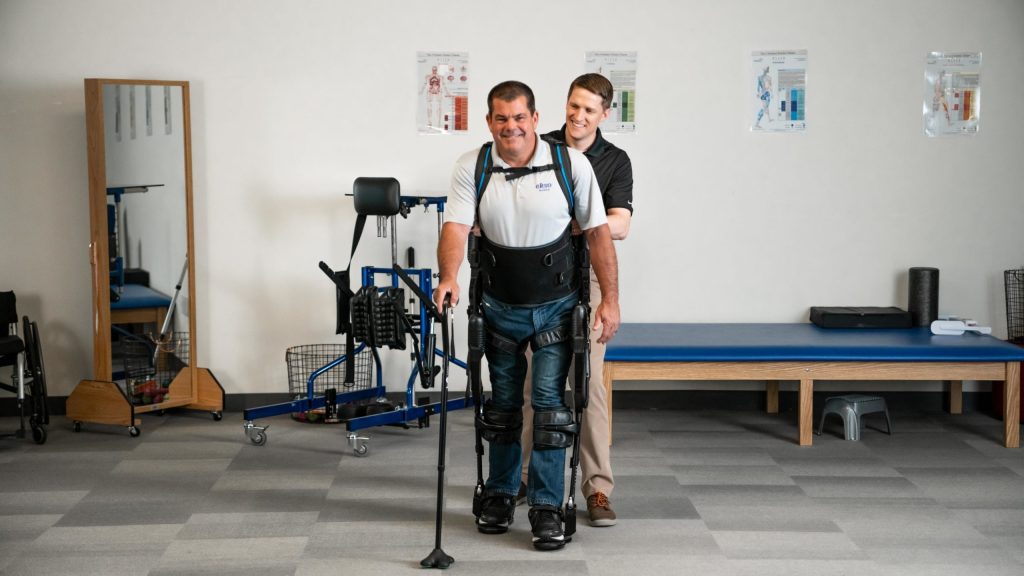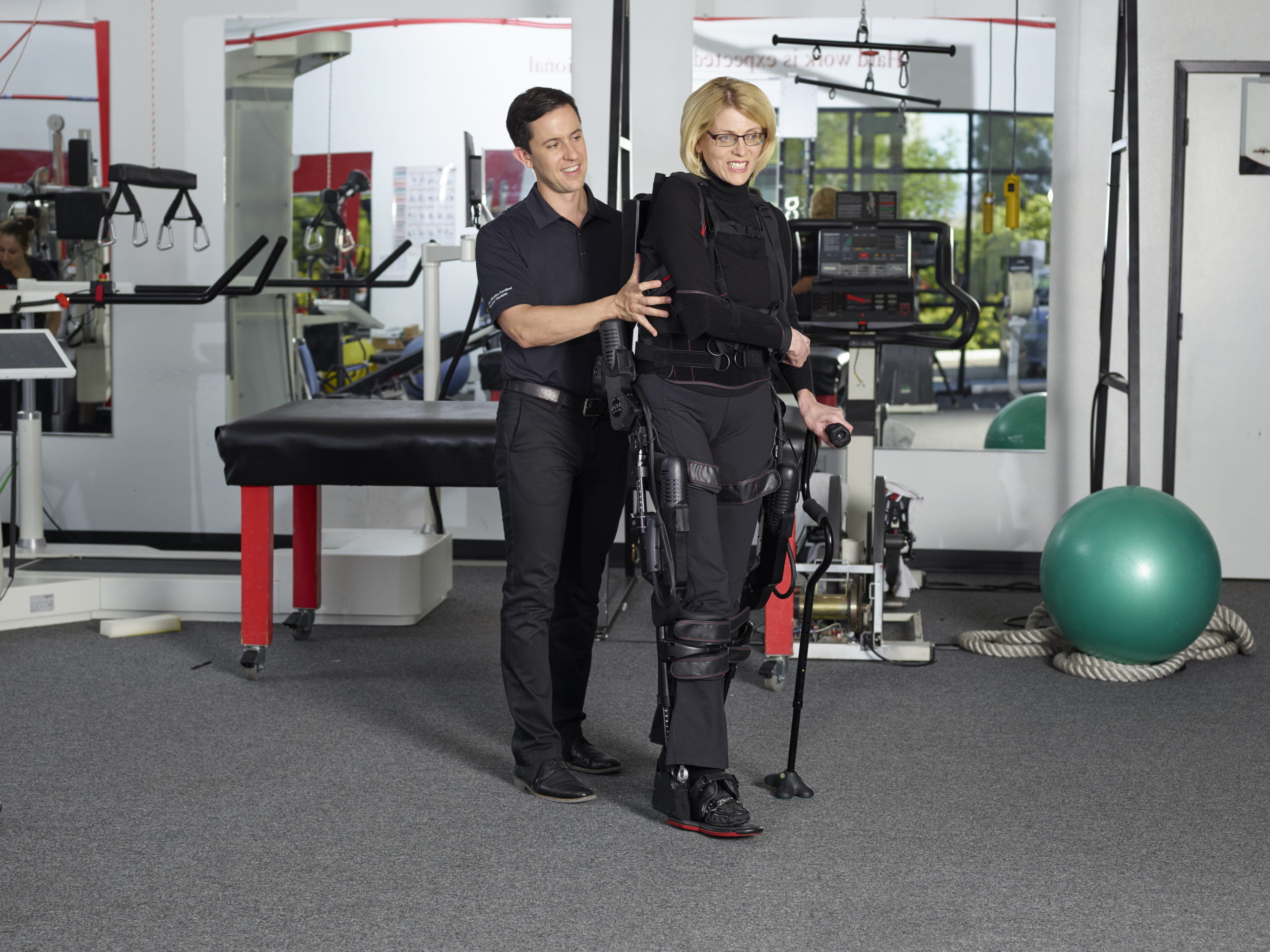My story began in December 2015, when I had a stroke in my spinal cord, caused by a ruptured AVM. I had a resectioning of my spinal cord preformed in February 2016. I have a T-12 incomplete spinal cord injury. Post-injury, I used a wheelchair, then went to a wheeled walker, then to a straight cane and AFO braces. Doctors were thrilled with this progress, since my original prognosis was a wheelchair. But, I was really just dragging my legs with me where I went. I would plant with the cane and drag my leg, using my hips and quads. This was not the best solution in my mind.
I was introduced to Ekso in the fall of 2017 (two years post-injury), when I went to the Shirley Ryan AbilityLab website to look for rehabilitation help. I saw the WISE study criteria and signed up immediately. Luckily, I started the trial in quarter one of 2018. I would end up using Ekso three days per week for twelve weeks.
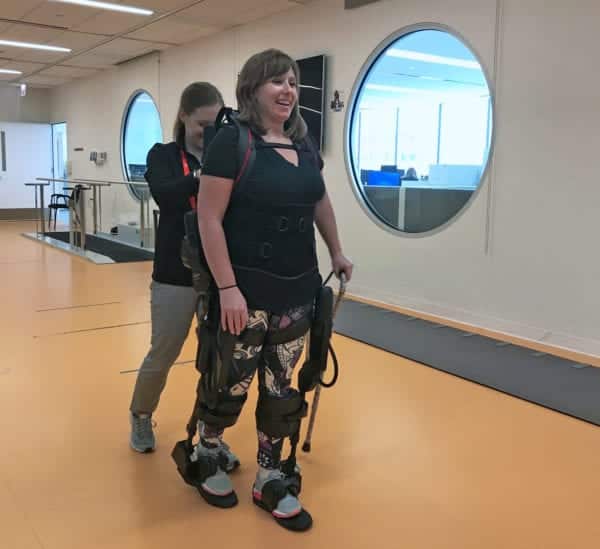
Session #1 — I found my balance, with the help of the pre-gait functions, and my posture recovered.
Session #3 — I became very comfortable and confident in the device. I learned, by then, what we were doing together: Ekso was not walking for me. I stopped fighting it and really started to learn from it. It was here that I realized I need to take the information learned and carry it over into real life. This is also when I realized the importance of Ekso and the steps. I was taking 500+ steps in my first few sessions of 45 minutes each. That was more steps than I was taking in days on my own. Not only was I thrilled by the step quantity, but more by the quality. The step pattern in Ekso is natural and would not allow we to drag my toes. I can only take quality steps in the device.
Session #5 — We realized I had not used my calves in 2 years. I started pushing with my calves again to clear the toes that were curled under from foot drop. When I am walking, I still hear my PT telling me to push.
Session #12 — I stopped using my AFO because I was engaging my calves with every step. At this time, I was taking 900+ steps in Ekso, including backward and forward walking.
Session #20 — I was walking in the community unassisted — no more cane!
Session #36 — I was golfing again! This brought my social life back, which I had been desperately missing over the past two years. Ekso brought me back to life!
“I want to stress how much I believe in Ekso: I would drive 2 hours round trip for 12 weeks to get into the device to keep learning to walk.”
Today, I still can’t feel my legs from the waist down, but I have carried on with all the lessons from my Ekso training and I have been walking unassisted for over two years! I have returned to use Ekso in the outpatient setting, for what I call “tune-ups.” I tend to get busy when life is moving quickly and I return to my old habits—short steps, not weight-shifting, and dragging my toes. Every time I use Ekso, I learn something new and take it with me. I do have to think of every step I am going to take, but now it is so much easier.
Megan is an Ekso Bionics Patient Ambassador. She joined Team Ekso in 2019, when in recovery for her stroke.
To learn more about EksoNR, request a demo today.
